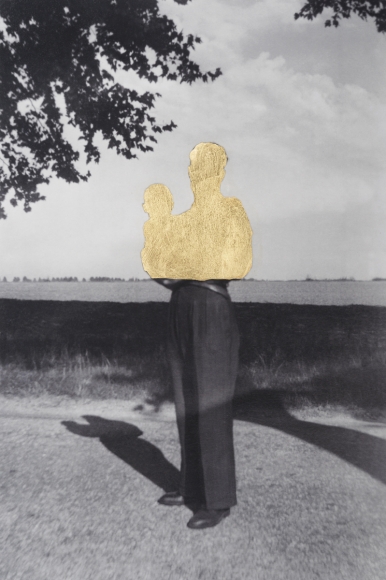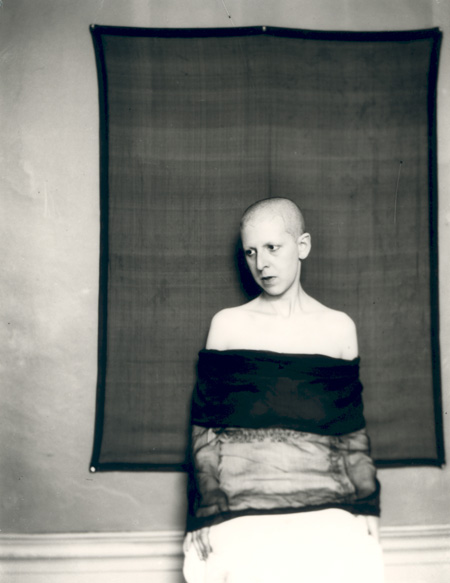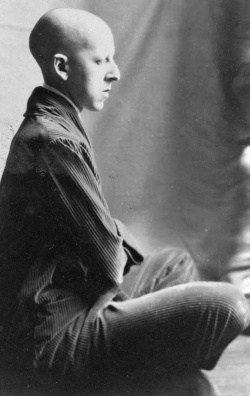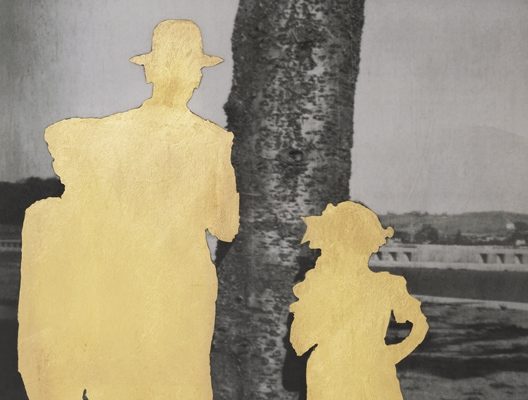Claude Cahun
Claude Cahun, a French photographer, sculpture and writer born in 1894 to the name Lucy Renee Mathilde Schwob, was best known for their self-portraits, which often showcased a range of personalities. Cahun first began producing self portrait photographs at the age of 18 in 1912, and later took on the sexually ambiguous pseudonym in 1917, as she continued to combat the ideals of gender norms in her photography. Later moving to Paris alongside her longterm partner Marcel Moore, who she often collaborated with, Cahun continued to work on her surrealist portfolio.
In 1937 Cahun and Moore migrated to Jersey, just before the start of World War Two and the island’s German occupation. During this time the two soon became activists, in the effort to spread reports of Nazi crimes by creating anti-German fliers, criticising their authority, and placing them around the island. However, due to this they were later arrested and sentenced to death for their actions in 1944, although this was never carried out fortunately. Ten years later Cahun sadly died due to bad health, caused by her treatment in prison.
https://www.jerseyheritage.org/collection-items/claude-cahun
Analysis

This black and white photograph, taken by Claude Cahun in 1927, displays a self-portrait of the photographer in which she has taken on the persona of a strong man or body builder that you may find at a circus or fair, during that time period. Here the pale white clothing, that matches the colour of her skin, contrasts dramatically with the dark black background behind her. This contrast between light and dark is also creating from the use of the dark dumbbell prop. The framing of this image by Cahun can be said to appear confining, as Cahun has placed herself so that she takes up most of the frame leaving little empty space.
The lighting used for this self-portrait appears to be two-point lighting, this is as there are only a small amount of shadows in the image but still a strong contrast between light and dark. Furthermore, it could be said that Cahun used a low aperture for this photograph, due to the fact that the foreground and background seem to have the same amount of focus placed on them. The ISO used for this image appears to be on a medium setting, allowing for there not to be too much light flooding in from the harsh lighting, but enough for the dark contrasting background to be visible.
In addition, this persona of a strongman or body builder does not portray all the masculine stereotypes that are associated with this type of person, but however showcases a more effeminate one. This is displayed through the Oscar Wilde type parting in the hair, the crossed leg pose and the hearts painted on the cheeks. This only further shows how Cahun challenged gender normativity by showing that she was able to switch her apparent gender at will comfortably.
Carolle Benitah
Carolle Benitah, born in 1965, is a French photographer best known for using her old family photographs to tell the story of her identity. Benitah does this by embroidering and cutting out certain sections of the portrait images. Benitah sees this style of work as allowing herself to expose the failings of her life and identity, and reinterpret her history. This acts as a sort of therapy for Benitah as she claims “I make holes in paper until I am not hurting any more”.
https://www.carolle-benitah.com/
https://www.lensculture.com/articles/carolle-benitah-photos-souvenirs
Comparison

This sepia and, black and piece created by Carolle Benitah displays an old family photo of Benitah’s containing the subject positioned in the centre of the image, which is similar to the way in which Cahun placed herself in her self-portrait. Leading lines in this photograph are created by the horizon line, the line dividing what appears to be a wall and the see, and also the split created by the contrast in tones on the subject. These allow for your eyes to be drawn horizontally across the image. Dissimilar to Cahun’s photograph, there is a large amount of empty space around the subject of the portrait, meaning more attention is allowed for the background, which is a landscape rather than a studio backdrop seen in Cahun’s image.
Whereas Cahun used what appeared to be two point studio lighting, here Benitah has chosen an image taken with natural lighting, which you can tell due to the outside location. In addition, it appears that this photograph was taken with a low aperture like Cahun’s, due to the fact that the foreground and background hold a similar amount of focus. The ISO used to capture this photograph can be said to be lower than the ISO used in Cahun’s portrait, this is due to the fact that the natural light would flood the lens, causing the image to be over exposed, if it were higher.
Conceptually this piece differs largely from Cahun’s on the theme of identity, as it seems to show a loss, lack or even rejection of identity. This is due to the cut out sections of the subjects in the image, which could be representing an attempt to erase that part of her history. On the other hand, Cahun appears to take a completely different approach by doing what seems to be an embrace of her ability of changing identities.















